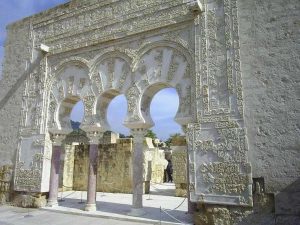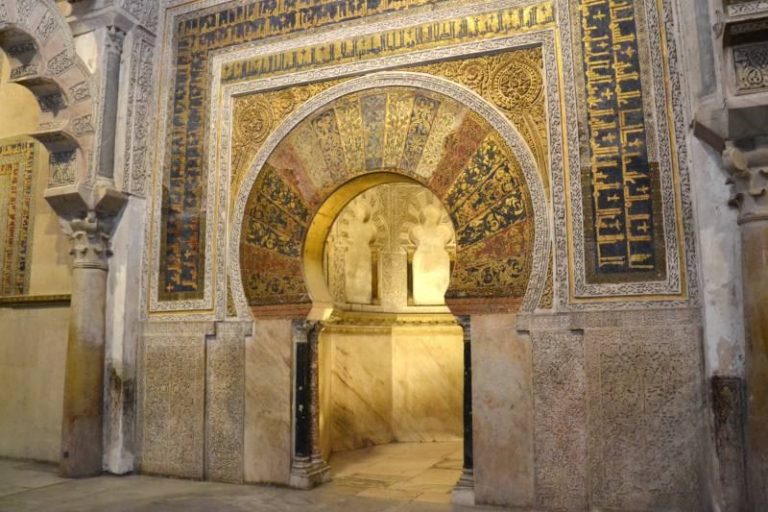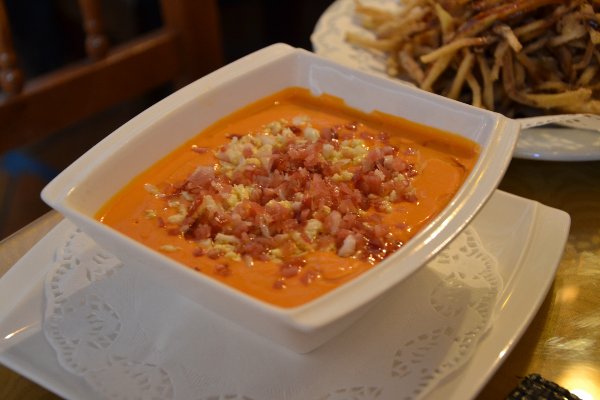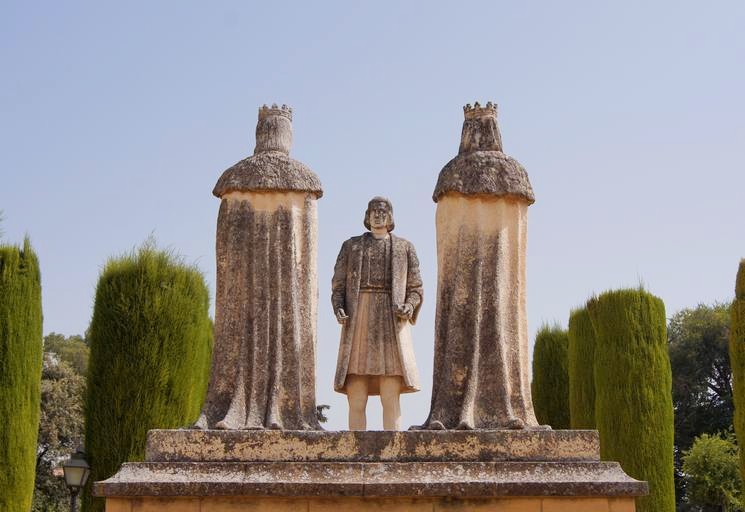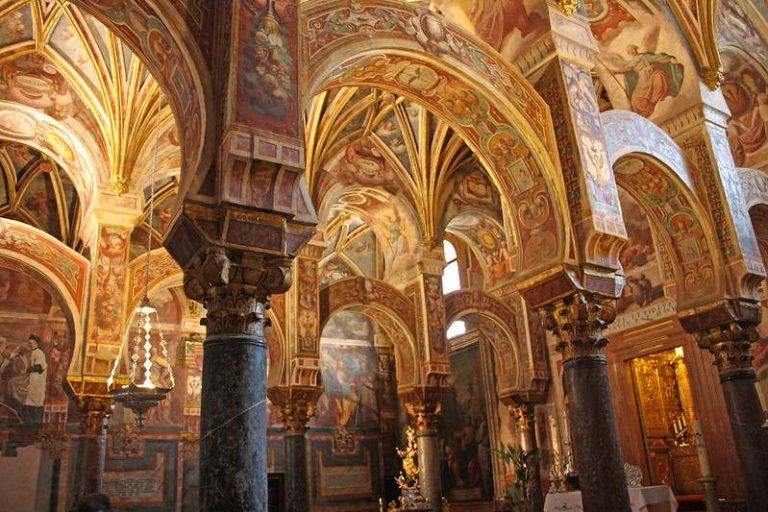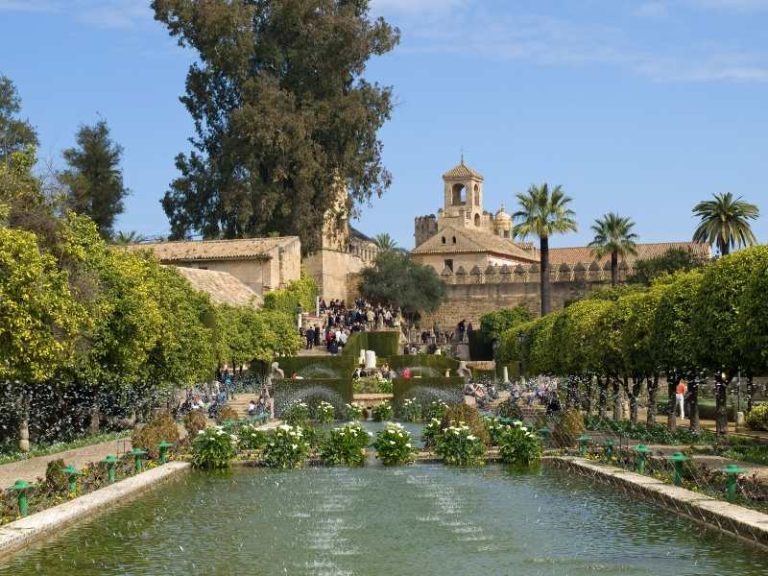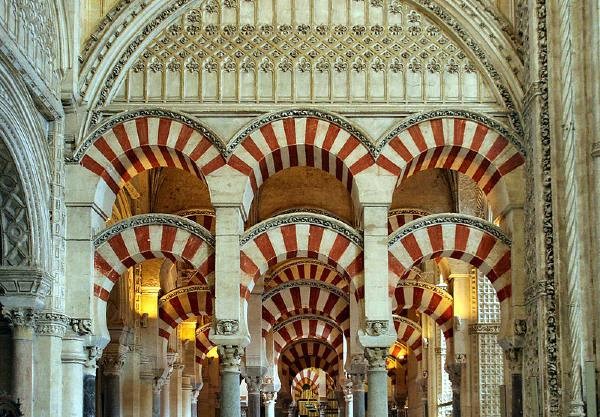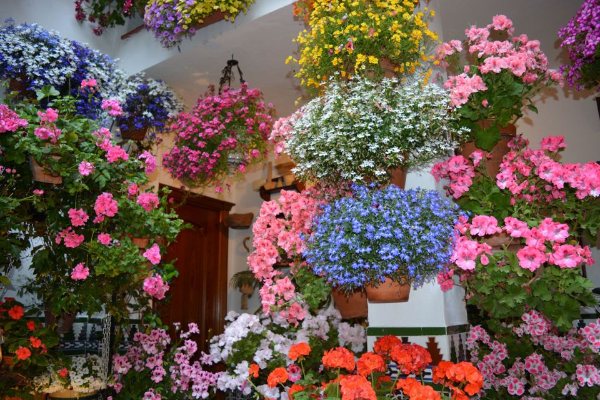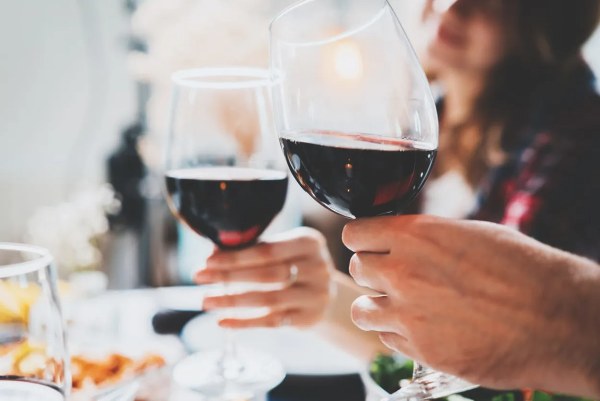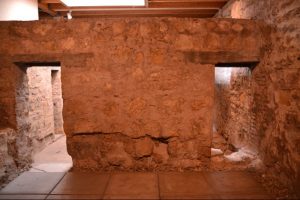
Bullfighting Museum of Cordoba
The history of Andalusia cannot be understood without bullfights (“toreo” in Spanish). Even today, in some rural areas of Andalusia bullfighting is a deeply rooted tradition and still plays a very important role in generating huge economic benefits (farmers, transporters, veterinarians, etc.).
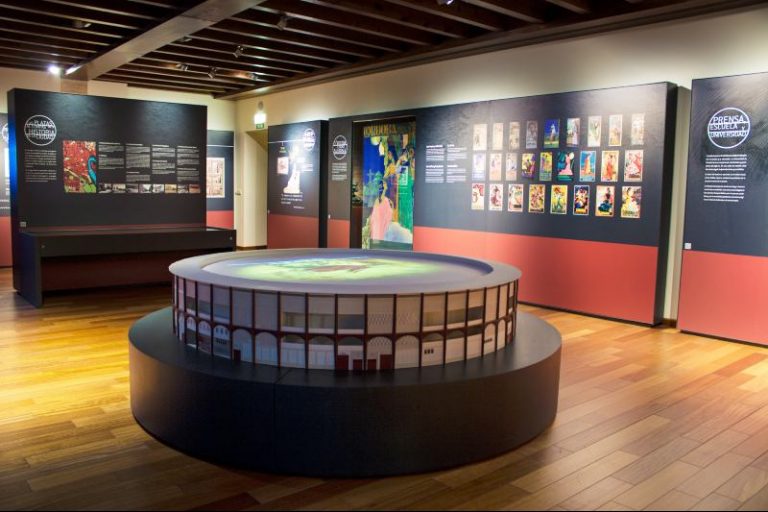
Bullfighting Museum of Cordoba
After several attempts, the Cordoba Bullfighting Museum was inaugurated in 2014. It is really surprising that Cordoba did not have a bullfighting museum since in the city there are many bullfighting fans and “peñas” (group of friends who love bullfighting), and some of the best bullfighters in history were born in this city.
Visiting the Bullfighting Museum in Cordoba
The Bullfighting Museum in Cordoba has 7 rooms where you can learn in depth the evolution of bullfighting. A significant part of the museum is dedicated especially to bullfighting in Cordoba.
The museum collection includes:
-Capotes: bullfighter’s cape
-Monteras: bullfighter’s hat
-Banderillas
-Bullfighter costumes
-Photographs
-Paintings
-Original bullfighting posters
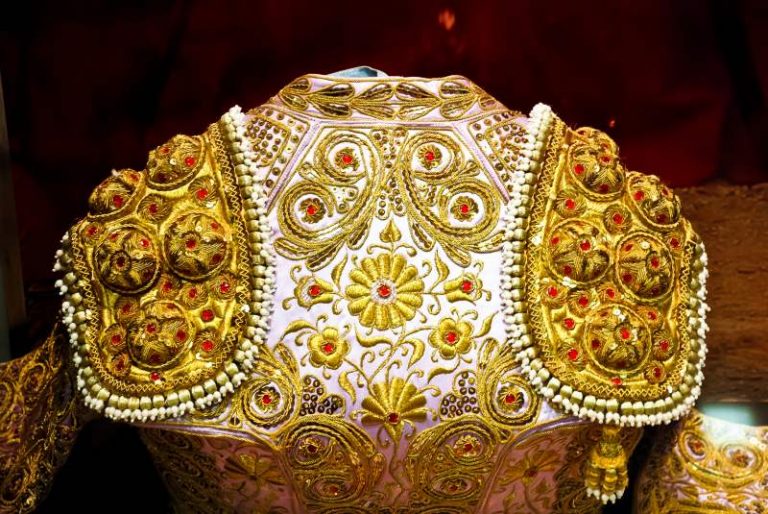
Of course, a part of the museum is dedicated to bullfighting legends born in Cordoba such as Manolete, Machaquito or Lagartijo. They all have a special place in the Bullfighting Museum in Cordoba.
Finally, there is a room where an interesting documentary about bullfighting is screened.
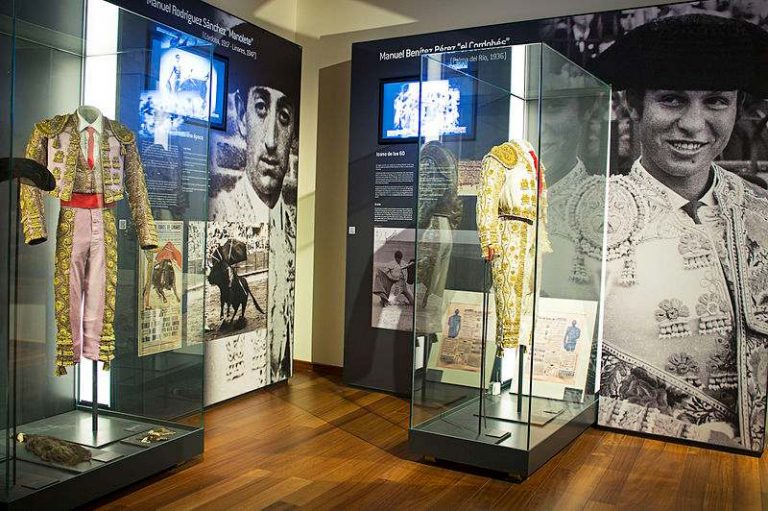
The Origins of Bullfighting in Spain
The bull has always been an animal linked to the Mediterranean culture. For example, in Minoan civilization (3500 BC – 1100 BC) there were already festivals in which bulls had a leading role.
From Ancient Greece devotion to bulls spread throughout the Mediterranean. Each culture developed its own rites and festivals where bulls were always present.
Over the centuries many of these bullfighting festivals have completely disappeared. On the contrary, in other parts of the Mediterranean (France, Spain or Portugal), bullfights are still a tremendously popular tradition. However, among all the countries where there are bullfights, Spain is undoubtedly the most representative country.
In Spain, from the Middle Ages until the 17th century, bullfights took place in the main square of each city. In the 17th century, the first bullrings in Spain began to be built.
Unlike the current bullrings, which are round, the first bullrings were rectangular like the squares of the cities. The oldest bullring in Spain is in Bejar (Salamanca) and dates from 1667. Later, the bullrings began to be built in a circular shape.
The first bullring built in Cordoba dates from the late 18th century and was made of wood. In 1846 a large bullring (Plaza de Toros de los Tejares) with capacity for almost 10,000 spectators was inaugurated.
The incredible influx of the public to the bullfights highlighted the need to create a new bullring. In this way in 1963 the current Los Califas Bullring was inaugurated with capacity for more than 17,000 spectators.
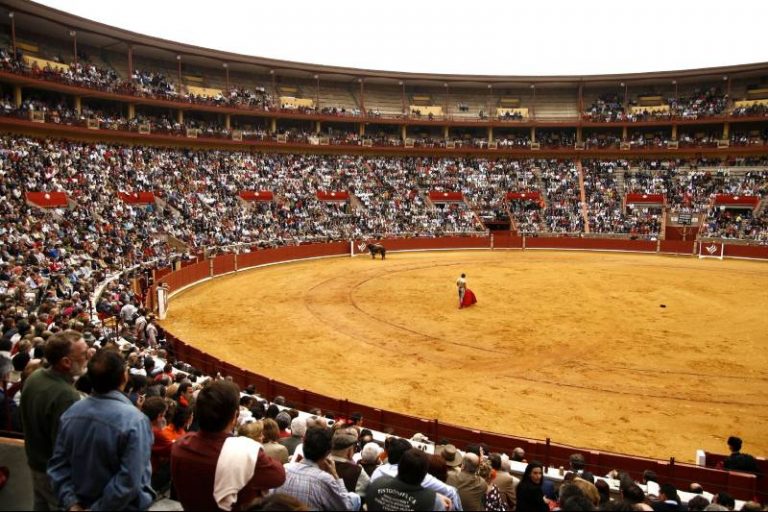
Nowadays bullfighting generates a lot of controversy in Spain and has fierce detractors. But until recently, bullfighting was one of the favorite mass entertainment in Spain. Bullfighters were acclaimed stars comparable to soccer players and earned incredible sums of money.
Some illustrious defenders of bullfights were the great poet Federico García Lorca and the painters Francisco de Goya, Picasso or Edouard Manet.
Useful Information: Bullfighting Museum of Cordoba
Opening Hours
Monday closed
Tue- Fri from 8:15am to 8:00pm
Saturday 9:30am- 6pm
Sun 8:15am- 2:45pm
IMPORTANT! January 1, January 6, May 1, December 24, December 25 and December 31 Museum will be closed
Address:
Plaza de Maimonides (Juderia, Old Town Cordoba)
Built in:
2014
Tickets :
General: 4€
Reduced (students): €2


